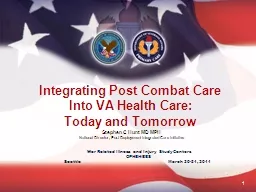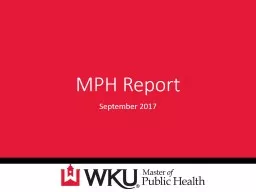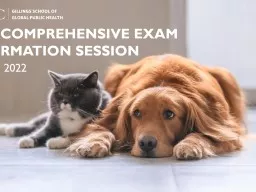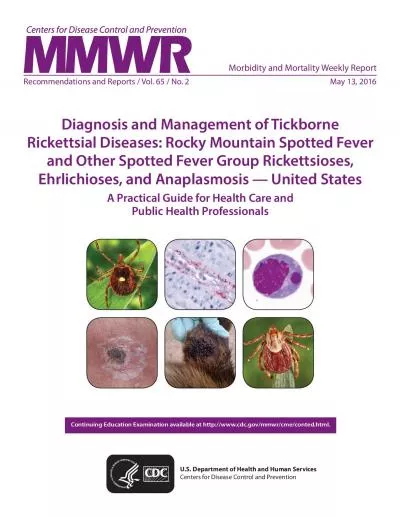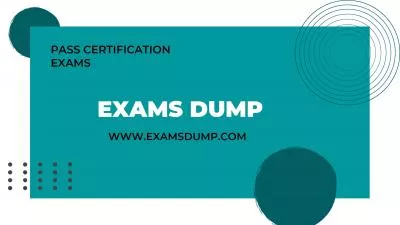PPT-1 Stephen C Hunt MD MPH National Director, Post-Deployment Integrated Care Initiative
Author : hondasnoopy | Published Date : 2020-06-17
War Related Illness and Injury Study Centers OPHEHEES Seattle March 3031 2011 Integrating Post Combat Care
Presentation Embed Code
Download Presentation
Download Presentation The PPT/PDF document "1 Stephen C Hunt MD MPH National Directo..." is the property of its rightful owner. Permission is granted to download and print the materials on this website for personal, non-commercial use only, and to display it on your personal computer provided you do not modify the materials and that you retain all copyright notices contained in the materials. By downloading content from our website, you accept the terms of this agreement.
1 Stephen C Hunt MD MPH National Director, Post-Deployment Integrated Care Initiative: Transcript
Download Rules Of Document
"1 Stephen C Hunt MD MPH National Director, Post-Deployment Integrated Care Initiative"The content belongs to its owner. You may download and print it for personal use, without modification, and keep all copyright notices. By downloading, you agree to these terms.
Related Documents

